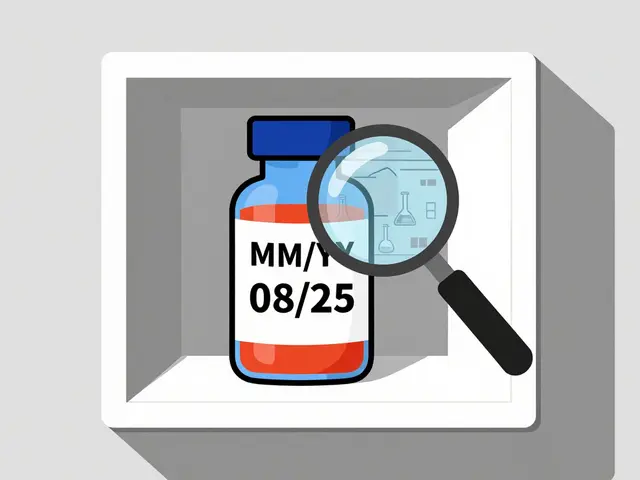Clomid: Uses, Side Effects, and Best Alternatives for Fertility
If you’ve heard about Clomid but aren’t sure what it actually does, you’re in the right spot. It’s a pill doctors often prescribe to help women ovulate when they’re having trouble getting pregnant.
How Clomid Works
Clomid (generic name clomiphene citrate) tricks your brain into thinking estrogen levels are low. Your pituitary gland then releases more follicle‑stimulating hormone (FSH) and luteinizing hormone (LH). Those hormones tell the ovaries to mature an egg, which can lead to ovulation a few days later.
Most people take it for five days early in their cycle. You’ll usually have a blood test or ultrasound to see if the follicles are growing. If they do, chances of getting pregnant go up noticeably compared with doing nothing.
Common Side Effects
Clomid isn’t a magic bullet; it can bring some unwanted effects. Hot flashes, mood swings, and bloating are pretty common. A few women notice visual disturbances like seeing spots or blurred vision – that’s rare but worth mentioning to your doctor.
There’s also a small risk of multiple pregnancies (twins or more). Doctors keep an eye on the number of developing follicles so they can adjust the dose if needed.
Top Alternatives to Consider
If Climd isn’t right for you, several other options exist. Below are five alternatives that many patients try before or after Clomid.
1. Letrozole (Femara) – Originally a breast‑cancer drug, letrozole lowers estrogen in a different way and often works well for women who didn’t respond to Clomid.
2. Metformin – Mostly used for diabetes, it can improve ovulation especially in women with PCOS. It’s usually combined with another fertility drug.
3. Gonadotropins (injectable FSH) – These injections directly stimulate the ovaries and give more control over the number of eggs produced.
4. Natural approaches – Acupuncture, vitamin D, and lifestyle tweaks like weight loss or stress reduction can boost ovulation chances without medication.
5. Intrauterine insemination (IUI) – Even if you’re not getting regular ovulation, IUI can place sperm close to the egg when it does release.
Choosing an alternative depends on your health, age, and how your body reacted to Clomid. Talk with a fertility specialist who can run tests and suggest the best plan for you.
Practical Tips When Starting Any Fertility Treatment
Track your cycle with an app or calendar so you know when ovulation is likely. Keep a notebook of any side effects, doses, and dates – it helps the doctor adjust treatment fast.
Stay consistent with prenatal vitamins (especially folic acid) from the start; they’re safe and support early pregnancy development.
If you’re on an injectable or oral medication, set alarms to avoid missing a dose. Missed pills can throw off timing and reduce effectiveness.
Most importantly, give yourself some grace. Fertility journeys often take longer than expected, and setbacks are normal. Keep communication open with your partner and doctor, and remember many couples succeed after trying different options.
Ready to explore which route fits you best? Use the information above to ask targeted questions at your next appointment – it’ll save time and get you closer to a pregnancy.
- By Percival Harrington
- /
- 29 Apr 2025
Letrozole vs Clomid: Comparing Fertility Success Rates, Mechanisms, and Side Effects
Here’s a crystal-clear deep dive into Letrozole and Clomid—two giants when it comes to fertility meds. This article breaks down exactly how each works, which one might actually work better, their real-world side effects, and who should be considering each. No fluffy science talk—just facts, details, and even some surprises about what actually happens when real people take these drugs. If you’re deciding between Letrozole and Clomid, don’t miss the must-know tips and stats. Save yourself confusion and get answers you can really use.





